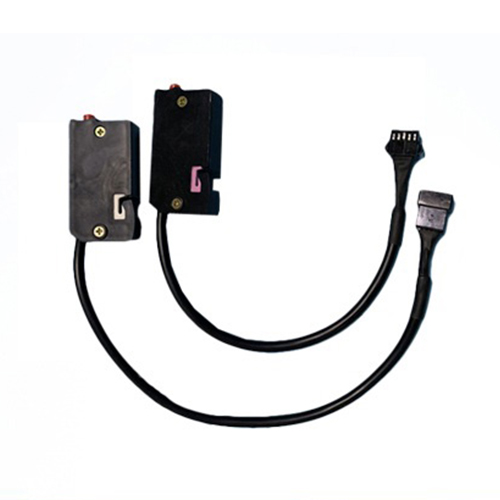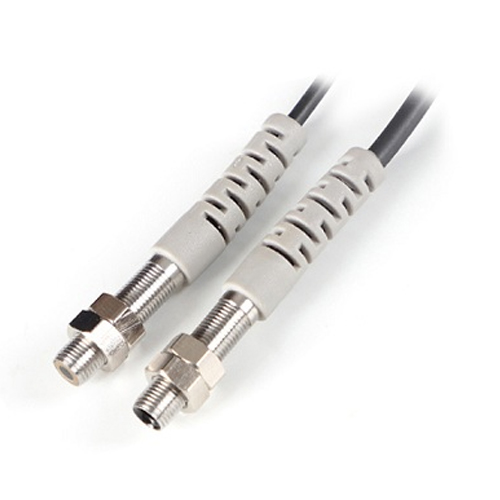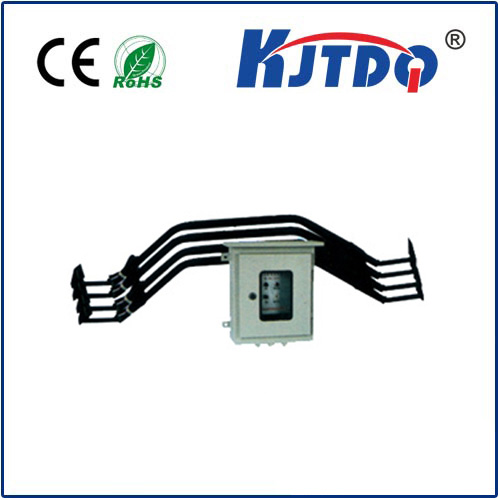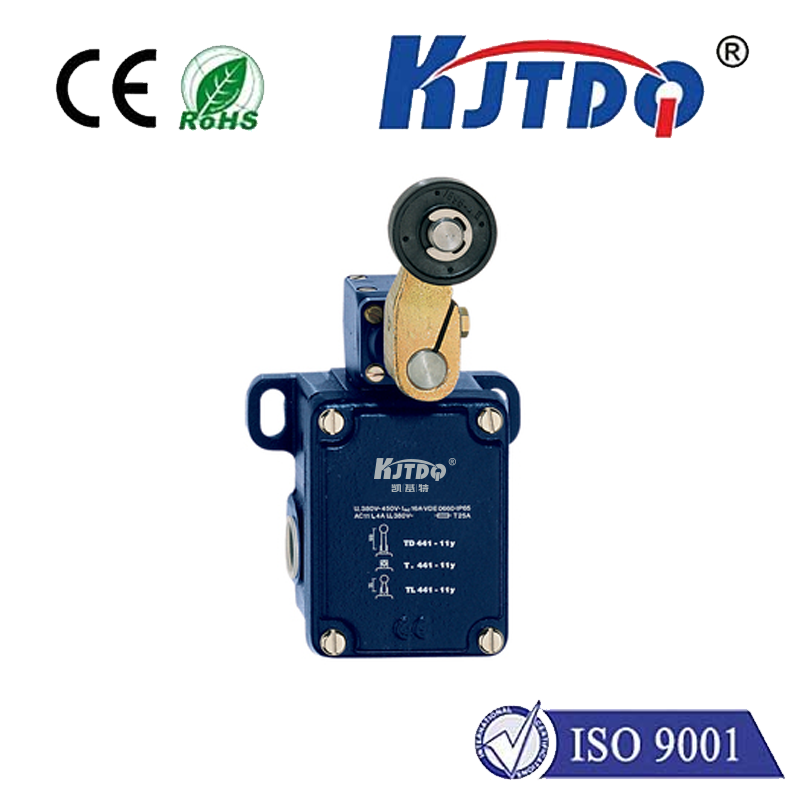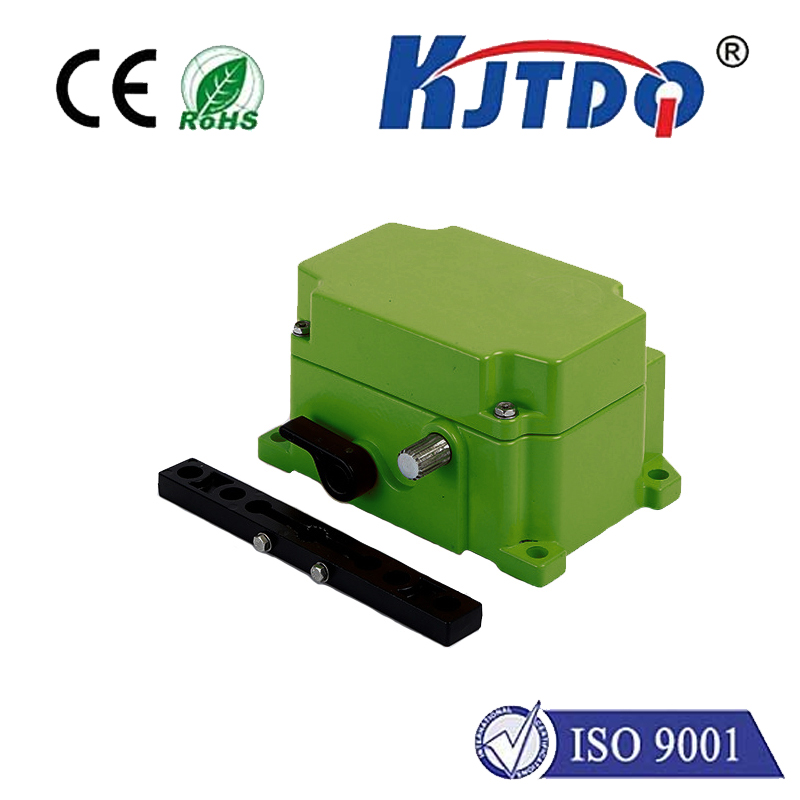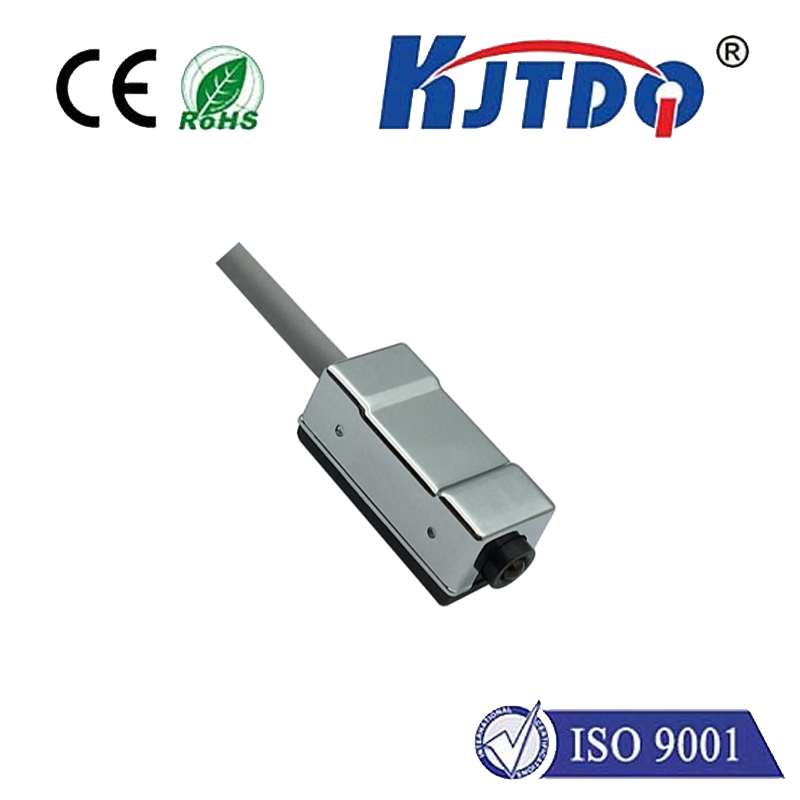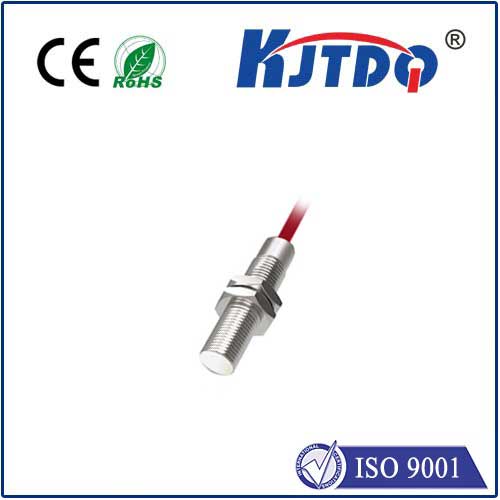Сверхходовой переключатель
- time:2025-08-07 02:21:21
- Нажмите:0
Overtravel Switches: The Unsung Heroes Preventing Catastrophe in Industrial Machinery
Imagine a robotic arm, moving with relentless precision on an assembly line. Suddenly, a sensor glitch sends it careening beyond its intended path. Without intervention, it might collide with vital equipment, shattering components and causing catastrophic downtime. This is the nightmare scenario an Сверхходовой переключатель is specifically designed to prevent. Often overlooked but utterly critical, these devices act as the final, mechanical line of defense against potentially devastating movement beyond safe limits. Think of them as the unyielding gatekeepers guarding the boundaries of mechanical motion.
So, What Exactly is an Overtravel Switch?
At its core, an overtravel switch (also sometimes called a limit switch or position limit switch) is a simple yet vital safety component. Its fundamental purpose is to detect when a moving part has traveled beyond its predefined, safe operational range. When this overtravel occurs, the switch activates – typically opening or closing an electrical circuit – to initiate an immediate and crucial response.
This response is almost always one or both of:
- Halting Motion: Sending a signal to the machine’s control system to cut power to the motor or actuator driving the errant motion. This is the primary safety function.
- Triggering an Alarm: Alerting operators or a control system that a fault has occurred, requiring investigation.
Unlike primary position sensors that guide routine movement, overtravel switches are safety backups. They are strategically placed at the absolute maximum (or sometimes minimum) points a component is ever allowed to reach, beyond where normal operation occurs. If the system reaches this point, something has gone fundamentally wrong, demanding an emergency stop.
The Critical Role: Why Over Travel Switches Are Non-Negotiable

The importance of these robust components cannot be overstated. Their primary contributions are:
- Preventing Equipment Damage: Overextension or over-compression can wreak havoc. Think bending shafts, shearing gears, crushing delicate components, or damaging linear guides. An overtravel switch halts motion before physical damage occurs.
- Ensuring Personnel Safety: In environments where machinery interacts with human operators (even indirectly), preventing a component from crashing into a guard, workstation, or potentially a person is paramount. Overtravel switches are fundamental to machine safety design, often forming part of integrated safety circuits.
- Avoiding Costly Downtime: The damage caused by unhindered overtravel often leads to extensive repairs, part replacements, and significant production stoppages. A triggered overtravel switch, while signalling a fault, prevents far more expensive consequences.
- Protecting Against Control System Failures: They provide a reliable, often purely mechanical or electromechanical, safeguard independent of the main control logic. If a servo error, PLC glitch, or encoder failure sends a machine haywire, the overtravel switch is the last-ditch fail-safe.
Where You’ll Find These Essential Guardians
Overtravel switches are ubiquitous across industries reliant on automated or powered movement:
- CNC Machining Centers & Industrial Robots: Preventing spindle crashes, axis over-travel damaging rails, or robot arms slamming into enclosures.
- Elevators & Lifts: Ensuring cars don’t ascend too high into the overhead space or descend too low into the pit area.
- Material Handling Systems: Limiting crane trolley movement, hoist travel, or conveyor shuttle positions.
- Valve Actuators: Preventing valves from being driven past their open/close positions, potentially damaging the valve seat or stem.
- Automated Assembly Lines: Safeguarding linear actuators, slides, and pick-and-place units.
- Heavy Machinery (Presses, Shears): Providing critical end-of-stroke detection for operator safety.
Delving into the Working Principle: Simplicity is Key
Most overtravel switches operate on a beautifully straightforward mechanical principle:
- Physical Contact: The moving machine part (or a cam/flag attached to it) physically contacts the switch’s actuator mechanism. Common actuator types include:
- Lever Arms: Pushed or rotated by the moving part.
- Plungers: Depressed directly.
- Rollers: Often used for smoother engagement and durability against repeated contact.
- Actuator Movement: This contact physically forces the actuator to move from its normal position.
- Internal Action: Actuator movement triggers an internal mechanism, typically spring-loaded. This mechanism causes electrical contacts inside the switch housing to rapidly change state:
- Normally Closed (NC) Contacts: Open the circuit, interrupting power.
- Normally Open (NO) Contacts: Close the circuit, sending a signal.
- Signal Sent/Received: The change in the electrical state (open circuit for NC, closed circuit for NO) is instantly detected by the machine’s safety relay or control system.
- Emergency Action: The control system executes its pre-programmed safety function – almost always an emergency stop (E-Stop) – halting all relevant motion.
Key Considerations When Selecting an Overtravel Switch
Choosing the right overtravel switch for the job involves several critical factors:
- Type of Actuator: Roller lever? Side-push plunger? Top-push plunger? Rotary? The choice depends on the direction and nature of the contact force and the required durability.
- Contact Configuration: NC contacts are overwhelmingly preferred for critical safety applications because a broken wire also opens the circuit, inherently providing a fail-safe indication. NO contacts might be used for non-critical limit signaling.
- Electrical Ratings (Voltage/Current): Must safely handle the circuit they are controlling or signalling within.
- Environmental Resilience: Switches need protection against ingress of dust, coolants, oils, cleaning agents, and metal chips. Look for high IP ratings (e.g., IP67) for demanding industrial environments. Resistance to shock and vibration is also vital.
- Mechanical Durability: Rated for the expected force of contact and number of operations. Repeated impacts require robust construction.
- Mounting: Must be securely mountable in the precise location required, often needing adjustable brackets.
- Compliance: For safety-critical applications, adherence to relevant standards (e.g., IEC 60947-5-1, safety standards like ISO 13849) is crucial.
Beyond the Basic Switch: Integration Matters
While the switch itself is vital, its effectiveness hinges on proper integration:
- Correct Positioning: Mounted precisely at the point where motion must stop, allowing for minimal deceleration distance if possible, but never beyond the mechanical safe limit.
- Robust Mounting: Must withstand the force of impact without bending or shifting.
- Safety Circuit Integration: Wired appropriately into the machine’s safety circuit, typically through safety relays/controllers that meet safety integrity level (SIL or PL) requirements. The signal must reliably trigger a controlled, safe stop.
- Reliability & Diagnostics: Regular inspection and testing are essential. Some modern switches offer built-in diagnostics.
The Silent Sentinels of Industry
They rarely get attention unless something goes wrong, but that’s exactly the point. **Overtravel switches are the silent, vigilant sentinels standing watch at the


